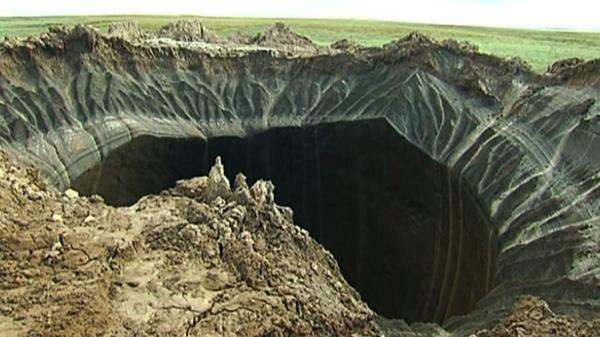- Joined
- Jan 25, 2012
- Messages
- 7,083
- Points
- 63
Global Warming or why you should eat oysters now when you can
http://www.smh.com.au/environment/c...acific-shellfish-industry-20140731-zyrg6.html
Intensifying ocean acidity from carbon emissions hitting Pacific shellfish industry
For more than a century, Bill Taylor's family has used the calm, protected waters of Puget Sound to raise oysters, planting billions of larvae in underwater beds and then harvesting them to ship to some of the finest restaurants in the world.
But then something went wrong. After the hatchery produced peak levels of seven billion larvae in 2006 and 2007, the numbers began to drop precipitously. In 2008, it had just half as many larvae. By 2009, it produced less than a third of the peak.
Up and down the Pacific Coast, from California to British Columbia to Alaska, other shellfish farms experienced the same decline: Something was happening to their larvae at the formative stage of life when they build their shells. No one in the industry knew why.
"We didn't know that much about the water because we didn't have any problems," Taylor said. Once the larvae started dying off, they tested the water: It was much too acidic.
Scientists testing the water up and down the Pacific Coast found evidence of the same steep decline in pH. Studies have found more acidic water in Alaska is stunting the growth of red king crabs and tanner crabs. Plummeting pH levels across the Eastern Seaboard have been impacting the shellfish industry for decades.
http://www.smh.com.au/environment/c...acific-shellfish-industry-20140731-zyrg6.html
Intensifying ocean acidity from carbon emissions hitting Pacific shellfish industry
For more than a century, Bill Taylor's family has used the calm, protected waters of Puget Sound to raise oysters, planting billions of larvae in underwater beds and then harvesting them to ship to some of the finest restaurants in the world.
But then something went wrong. After the hatchery produced peak levels of seven billion larvae in 2006 and 2007, the numbers began to drop precipitously. In 2008, it had just half as many larvae. By 2009, it produced less than a third of the peak.
Up and down the Pacific Coast, from California to British Columbia to Alaska, other shellfish farms experienced the same decline: Something was happening to their larvae at the formative stage of life when they build their shells. No one in the industry knew why.
"We didn't know that much about the water because we didn't have any problems," Taylor said. Once the larvae started dying off, they tested the water: It was much too acidic.
Scientists testing the water up and down the Pacific Coast found evidence of the same steep decline in pH. Studies have found more acidic water in Alaska is stunting the growth of red king crabs and tanner crabs. Plummeting pH levels across the Eastern Seaboard have been impacting the shellfish industry for decades.

